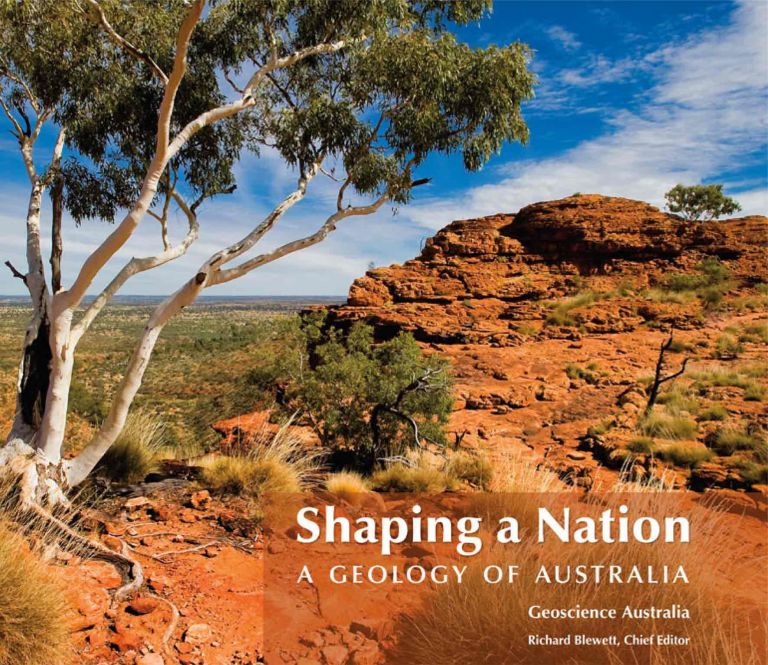Scientific topics Landforms
Page last updated:27 June 2014

Exploring the geology, resources and landscapes of Australia, the book reveals how these have helped to shape this nation's society, environment and wealth.

Australia's highly variable rainfall and an absence of plentiful natural lakes has necessitated the construction of large capacity reservoirs.

Australia has some of the most recognisable rock formations in the world including Uluru in Central Australia which was laid down in an inland sea about 500 million years ago.

Australia's ten highest mountains are all located within six kilometres of one another.

Australia has some impressive 'high country' but it is in fact the lowest continent in the world with an average elevation of just 330 metres.

The mighty Murray River is Australia's longest but the Darling River and its upper tributaries is fractionally longer.

Australia is surrounded literally by thousands of islands, amongst them the world's largest sand island.

Spectacular waterfalls plunge from Australia's mountain ranges and escarpments.

Ten deserts make up nearly 20 per cent of Australia and contribute to it being the second driest continent in the world.

Australia's landscape is very distinctive and unique. But it took many millions of years and some amazing climatic and geological processes to produce what we see today.

Satellite imagery can reveal distinctive patterns of land cover and land use over a wide area.